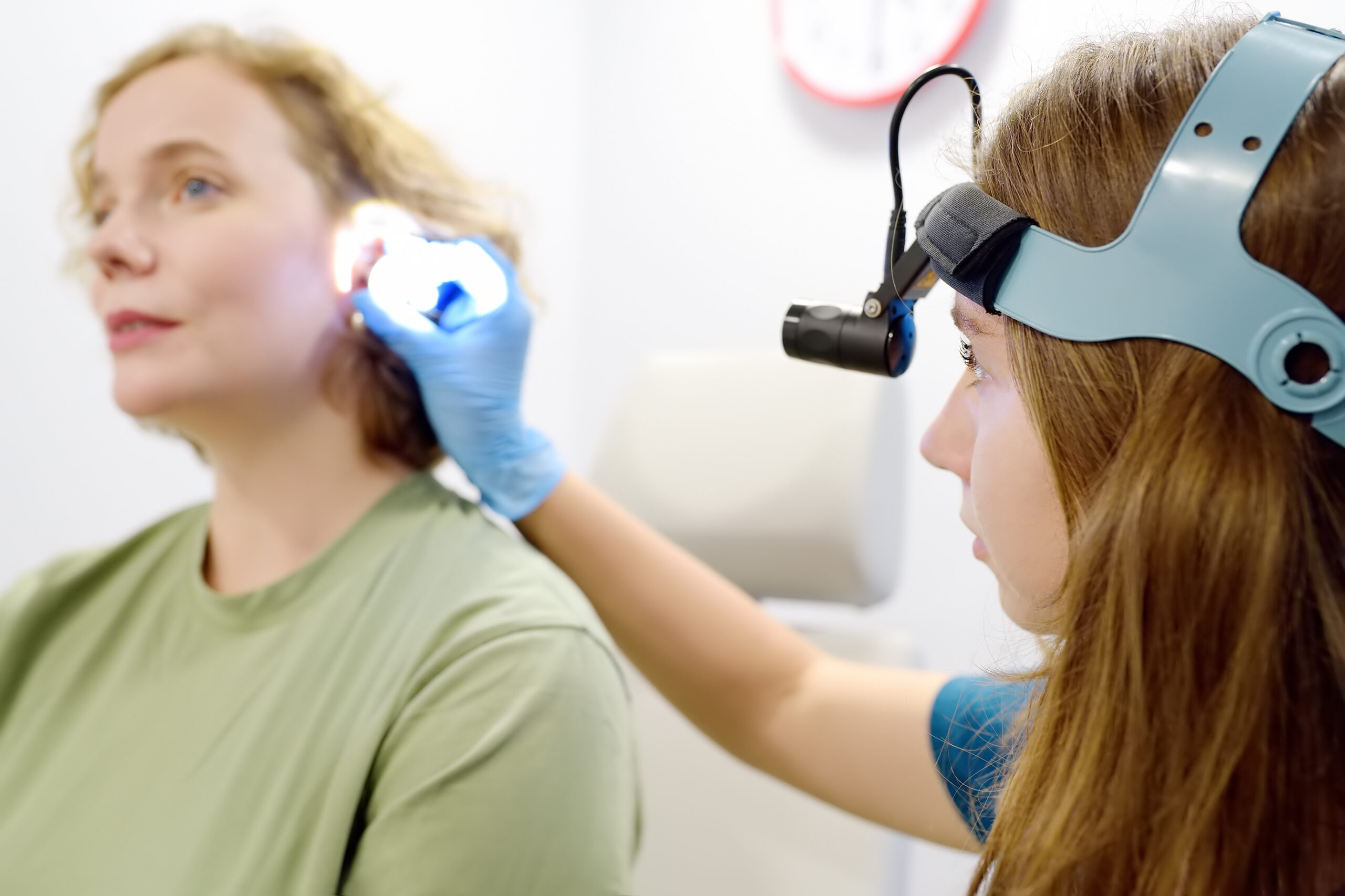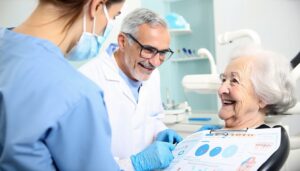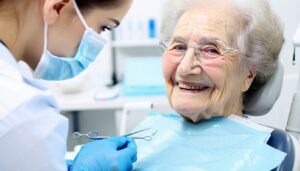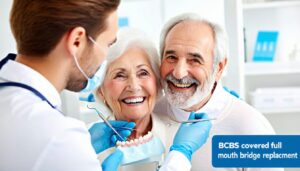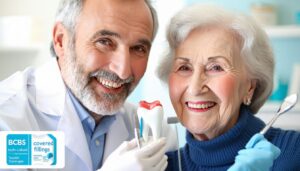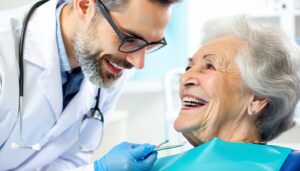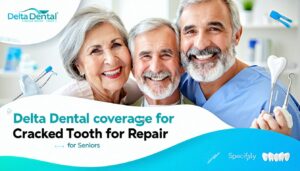If you have never experienced an intraoral camera examination, it is natural to feel curious about how this technology benefits you. As dental care becomes more advanced, many practices are adopting innovative tools to provide a clearer understanding of your oral health. By capturing high-resolution images and displaying them in real-time, intraoral cameras transform the way you and your dental team discuss diagnoses, treatment options, and preventative measures. This comprehensive guide will help you understand what to expect from an intraoral camera exam, how it can enhance your experience at Vivid Dental Raleigh, and why it is worth considering as a key part of your ongoing oral care.
An intraoral camera exam is a high-tech, patient-focused approach that offers a detailed view of your teeth and gums. Unlike the traditional small mirror that can be limiting in visibility, an intraoral camera provides magnified, high-definition views of even the most hard-to-reach areas. Consequently, it offers you and your dentist newfound clarity and confidence when discussing possible next steps in your treatment. If you or a loved one wants to explore modern, aesthetically minded dental care, this innovative camera exam is an excellent place to start.
Understanding the intraoral camera
A closer look at the technology
Intraoral cameras are compact, pen-shaped devices that capture sharp, zoomed-in images of your mouth. According to research by Braces Braces, these devices project the images onto a nearby monitor in real time, enabling both you and your dentist to see exactly what is happening. This transparency bridges the communication gap that sometimes arises when the dentist’s observations are more detailed than what you can see on your own.
Today’s devices have evolved alongside developments in miniaturization and digital imaging. Early versions in the late 20th century were bulkier and less user-friendly, but modern intraoral cameras are sleek and often wireless. This means you can enjoy a more comfortable experience while your dentist navigates the camera around all angles of your mouth. As a result, you will often discover subtle issues—like minor fractures or early gum inflammation—far earlier than you might with a simple visual inspection.
Tracing its development
As technology has improved, so has the reliability and accuracy of intraoral cameras. They achieved wider popularity in the 1990s and have proven invaluable in identifying potential concerns early on (Jupiter Kids Dentistry). Over time, resolution and lighting quality have reached a level at which even the smallest cavity or fine crack in a tooth can be captured in high-definition. This progress not only heightens diagnostic capabilities but also enriches your overall experience, giving you reassurance that your dental team has a comprehensive view of your mouth.
Common misconceptions
Because intraoral cameras are held close to your teeth, some individuals worry the process may be uncomfortable. In reality, most patients find the exam to be non-invasive and minimal in physical contact (Altoona Smiles). The camera size is typically comparable to a pen, making it simple for dentists to guide it around. Another misconception is that images captured by intraoral cameras are only used for cosmetic purposes. While they do help you visualize how a future procedure might enhance your smile, their primary function is to aid in early-and-accurate diagnosis of any concerns that could compromise your health.
It is also worth dispelling the idea that intraoral cameras replace standard exam tools like digital x-rays. Instead, this device works in tandem with other diagnostic equipment to provide the best possible perspective on your oral health. Integrating both x-ray assessments and camera images offers the clarity needed to make truly informed decisions about your treatment options.
The process of an intraoral camera exam
Prior to your exam
When you arrive for an intraoral camera examination, you will first discuss any concerns or symptoms you may be experiencing. This conversation helps your dental team tailor the exam to your individual needs, ensuring each area of your mouth is closely evaluated. If you have not had a comprehensive oral exam in a while, your dentist might recommend combining the intraoral camera examination with that procedure for a more thorough overview.
If you are the type of person who feels apprehensive in dental settings, rest assured that an intraoral camera exam is designed to be gentle and informative. Dentists often work to create a supportive environment, helping you feel empowered by explaining precisely what they are seeing and why it matters. This sense of openness helps address many fears associated with unfamiliar equipment or procedures.
During the exam
Once you are settled comfortably in the dental chair, the dentist or hygienist will gently insert the camera and begin taking video or still images of your teeth, gums, and surrounding tissues. The live footage is displayed on a monitor, giving you a front-row seat to your own oral health in a way you might never have previously experienced. Some offices even provide a handheld mirror alongside the screen so you can compare real-life views to the magnified images.
You might be asked to slightly shift position to give the camera access to hard-to-reach areas. Because the camera is small, you will rarely feel any discomfort or gagging. As your dentist moves the camera around, they may pause to capture specific angles or highlight small concerns that might require attention. If you have deeper restorative issues, such as a cavity discovered during another part of your visit, services like tooth-colored filling service might be recommended based on this real-time footage.
After your exam
Following the exam, the dentist will review your images. Together, you can zoom in on specific teeth, evaluate existing dental work, and pinpoint potential areas of concern. This is also a great time to ask questions about ongoing care or potential treatments. The dentist may recommend scheduling a routine dental checkup or specialized services like digital imaging service for certain complex dental conditions.
If any procedures are needed, the images serve as a baseline or reference point. Should you opt for next steps—such as a dental crown placement—it can be enlightening to compare your current images to those taken after the final result. This visual progression underscores the tangible benefits of early intervention in issues like small fractures or cavities. Moreover, it allows for more personalized care, ensuring each recommendation aligns with your oral health goals.
Key advantages for you
Early detection
One of the most meaningful benefits of an intraoral camera examination is the ability to detect dental problems while they are still minor. According to research compiled by Altoona Smiles, these cameras excel at identifying subtle issues such as tiny cracks or the early stages of gum disease. With proven detection capabilities, they help prevent the progression of issues that can lead to more drastic, and sometimes more expensive, treatments.
During a typical appointment, your dentist may also recommend additional preventive strategies. For example, if the intraoral camera reveals vulnerable grooves on your molars, a dental sealant application could help shield those teeth from decay. This proactive approach underscores the individualized plan that keeps you at the center of the treatment process.
Enhanced communication
In many traditional appointments, patients hear about problems they cannot see, leading to confusion or uncertainty about the necessity of recommended treatments. By providing real-time visuals, intraoral cameras bridge this communication gap. In fact, a study cited by the National Center for Biotechnology Information observed that patients showed improved understanding of their dental conditions when they saw images of their own teeth. You gain a clearer grasp of exactly what needs attention, how serious it is, and why a particular procedure will address it.
Seeing images of your teeth, whether it is decay requiring root canal therapy or the early onset of gum inflammation needing a gum disease evaluation, fosters confidence in your treatment plan. The visual evidence effectively replaces uncertainty with understanding, ensuring you feel comfortable with every recommended step.
Personalized care
An intraoral camera exam supports a truly tailored approach to dentistry by offering insights into each tooth’s condition. When you and your dentist can see precise images, any plan moving forward can be customized to your specific needs. If your dental team identifies a chip or problem area, this knowledge often leads to more targeted treatments, such as a broken tooth repair if a crack is discovered or an implant-supported dentures consultation should major restorative work become necessary.
Additionally, storing these images in your file allows for easy tracking of any changes over time. On subsequent visits, your dentist can compare new images with older ones, detecting gradual changes and helping you practice consistent preventive care. This instant visual record means you gain deeper involvement in your own health journey, empowering you to make informed choices about your wellness.
Why choose Vivid Dental Raleigh
Focus on innovative techniques
At Vivid Dental Raleigh, you experience a high-tech approach to dental care that integrates modern equipment like intraoral cameras into a broader framework of advanced solutions. From harnessing cutting-edge imaging to offering precise restorations, every step of your appointment is designed to meet your needs and ensure the highest standard of service. The driving philosophy is to create a supportive environment where advanced devices provide you with a transparent view of your oral health.
Innovation goes hand in hand with empathy. The staff is committed to dispelling any unease around unfamiliar technology by explaining every aspect of your exam. Whether you are visiting for a straightforward professional teeth cleaning or looking into more extensive procedures, the goal is to help you feel at ease and informed from consultation to final treatment.
Comprehensive solutions
Beyond the intraoral camera examination itself, Vivid Dental Raleigh offers a wide spectrum of procedures geared toward safeguarding your oral health. If you are concerned about issues like cavities or gum disease, services such as fluoride treatment or periodontal maintenance cleaning may be recommended to strengthen or protect your teeth. For restorations, procedures like porcelain crown restoration or implant-supported bridge service ensure you receive individualized attention.
By combining technology-focused dentistry with a warm, empathetic approach, you benefit not only from early detection but also from carefully tailored interventions. The emphasis is not merely on treating the issue at hand but on fostering long-lasting oral wellness that aligns with your comfort and lifestyle priorities.
Expertise you can trust
One of the greatest reinforcements of a trusting dentist-patient relationship is expert knowledge delivered in a genuine, approachable manner. At Vivid Dental Raleigh, you can expect a team committed to staying current on the latest dental research and techniques. This approach enables them to use the intraoral camera effectively and incorporate other high-end imaging options, such as 3d cone beam imaging, as needed.
In essence, the team’s expertise shines through in every step, from the initial explanation to the final consultation. Clear, confident communication underscores how each recommendation—from minor procedures to more complex restorations—stems from a foundation of clinical training and experience. Whether you need lost crown repair or a thorough look at potential orthodontic work, you will discover that advanced knowledge is paired with a warm, empathetic style.
Additional procedures supported by digital imaging
Intraoral cameras are only one piece of the larger puzzle of modern dental diagnostics. When integrated with other state-of-the-art tools, your dental team can gain an even more holistic view of your oral health. For instance, digital xray diagnostics can reveal internal structures and potential hidden decay, while the camera uncovers surface-level details. When combined, these modalities provide comprehensive care that is both preventive and restorative.
Moreover, if you are considering cosmetic procedures like cosmetic teeth whitening, the high-resolution images from an intraoral camera can help your dentist pinpoint areas of discoloration and develop a purposeful plan for optimal results. Meanwhile, advanced imaging also aids in planning out more complex processes, such as bone grafting for implants or a full arch implant replacement. You will notice that the clarity facilitated by these devices accelerates treatment planning and paves the way for smooth collaboration between you and your dental team.
When the aim is to maintain or restore a healthy, attractive smile, streamlined digital tools can help you move forward with confidence. To see how multiple imaging methods and procedures work together, consider scheduling a new patient dental exam. You can get a full assessment of your needs, explore your personalized care plan, and decide on how best to protect or enhance your oral wellness for the long term.
Frequently asked questions
-
Does an intraoral camera examination hurt?
An intraoral camera exam is generally comfortable. The device is small and typically only requires gentle maneuvering around your mouth, so most patients experience no pain or discomfort. -
Is an intraoral camera exam safe for children?
Yes. Intraoral cameras are non-invasive and suitable for patients of all ages, including kids. By making the evaluation visual, children might also find it easier to understand the importance of oral hygiene. -
Will my insurance cover the exam?
Coverage varies depending on your plan. Some providers include imaging costs as part of a diagnostic dental visit, while others may limit coverage to specific procedures. It is best to check with your insurance company for details. -
How often should I have this type of exam?
Your dentist may integrate intraoral camera imaging into your regular checkups if a detailed look is necessary. Many patients benefit from having an exam each year, or whenever a comprehensive evaluation of potential concerns is needed. -
How do I prepare for an intraoral camera exam?
No special preparation is required beyond normal oral hygiene. Arrive at the appointment after brushing and flossing as usual. If you have specific issues you want examined, let your dentist know so they can pay special attention to those areas.
Conclusion
An intraoral camera examination can be a vital part of staying proactive about your oral health. By offering an in-depth, real-time view of your teeth and gums, this technology allows you to engage more fully in your treatment discussions. It provides a visually guided dialogue that helps you and your dentist establish a clear plan for addressing any concerns—large or small.
Choosing Vivid Dental Raleigh means opting for a practice that values both comfort and clarity. From the first consultation to follow-up visits, you benefit from an empathetic, patient-centered approach that incorporates advanced tools to simplify and enhance your experience. If you or someone you care about wants a high-tech, modern path to radiant oral wellness, consider requesting an appointment for an intraoral camera exam. You will gain the reassurance that comes with seeing exactly what is happening in your mouth, and you will be empowered to make decisions that support a lifetime of healthy smiles.
